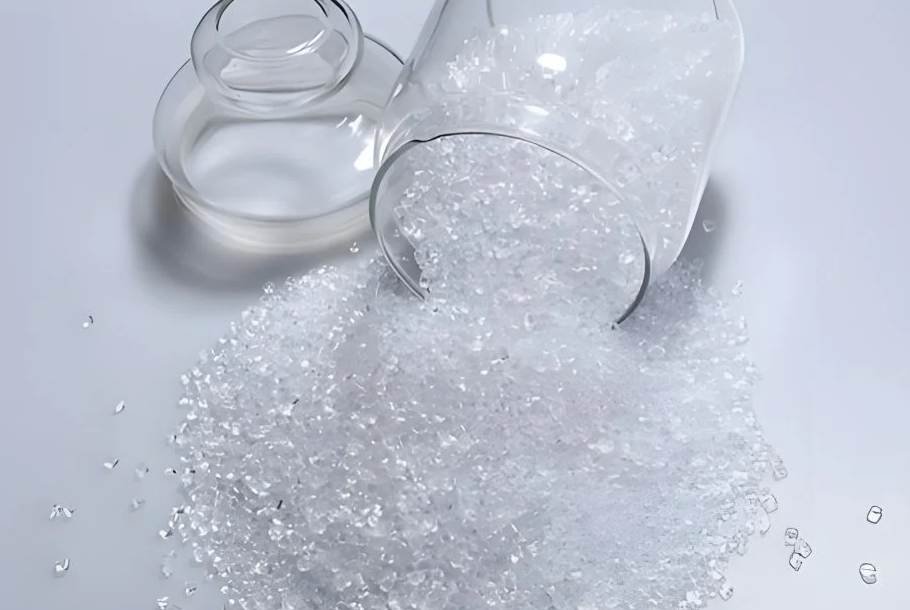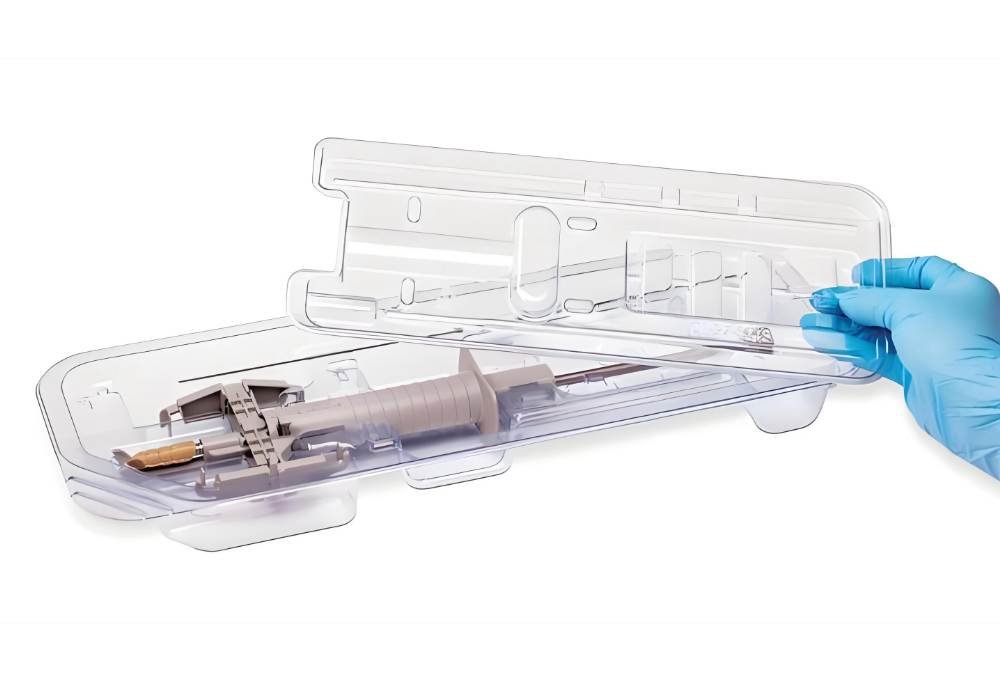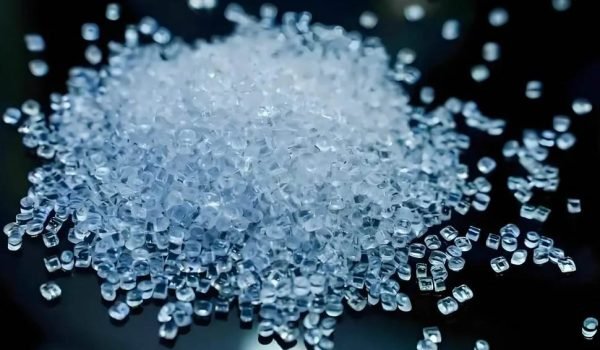Are you aware of the critical role that temperature plays in shaping the properties of the materials you use in manufacturing? When working with PETG, a popular thermoplastic material, understanding its melting characteristics is crucial for achieving optimal results.
As you explore the possibilities of using PETG for your manufacturing needs, grasping the significance of its melting point and how it influences the material properties during the process is essential. This knowledge will help you optimize your production processes and achieve better outcomes.
What is PETG and Why Does it Matter?
PETG, or Polyethylene Terephthalate Glycol, is a versatile material that has gained significant attention in various manufacturing industries due to its unique properties. It is a type of thermoplastic that combines the benefits of durability, flexibility, and cost-effectiveness, making it an attractive choice for a wide range of applications.
The Composition and Properties of PETG
PETG is known for its excellent mechanical properties, including high impact resistance and toughness. It is also transparent, which makes it suitable for applications where visibility is crucial. The material’s chemical resistance and stability under various environmental conditions add to its appeal. With its good layer adhesion and minimal warping during 3D printing, PETG has become a favorite among 3D printing enthusiasts and professionals alike.
PETG in Modern Manufacturing
In modern manufacturing, PETG is utilized across diverse industries, including packaging, medical devices, automotive components, and consumer electronics. Its applications range from functional prototypes and tools to end-use parts that require durability and UV resistance. The material’s versatility and the advancements in processing technologies have expanded its use in various manufacturing processes, such as 3D printing, injection molding, and thermoforming. As a result, PETG has become an increasingly popular choice for manufacturers seeking a balance between cost-effectiveness and performance.
The PETG Melting Point: A Comprehensive Analysis
To achieve the best results in your PETG manufacturing process, it’s essential to comprehend its melting point. The melting point of PETG is a critical property that affects various aspects of the manufacturing process, from 3D printing to injection molding.
Defining the Melting Point of PETG
The melting point of PETG is not a single, fixed value, but rather a range of temperatures at which the material transitions from a solid to a molten state. Typically, PETG begins to soften and melt between 230°C to 250°C. This range can vary depending on the specific formulation of the PETG material.
Glass Transition Temperature vs. Melting Point
It’s crucial to distinguish between the glass transition temperature (Tg) and the melting point of PETG. The Tg, which is typically between 65°C to 75°C for PETG, is the temperature at which the material transitions from a glassy, brittle state to a more rubbery, flexible state. While related, the Tg is distinct from the melting point, and understanding both is vital for optimizing your PETG processing.
Temperature Ranges for Processing PETG
When processing PETG, different stages require specific temperature ranges. For instance, drying PETG typically occurs between 70°C to 80°C, while the melting process usually takes place between 230°C to 260°C. The mold temperature during injection molding is generally maintained between 60°C to 80°C. Adjusting these temperatures can help address common issues such as warping or insufficient layer adhesion.

Pros and Cons of PETG’s Melting Characteristics
PETG’s melting characteristics offer both advantages and limitations that you should be aware of to maximize its potential.
Advantages of PETG’s Thermal Properties
One of the significant advantages of PETG is its relatively high melting point, which makes it suitable for applications requiring a certain level of heat resistance. With a melting point of around 260°C, PETG can withstand temperatures that might deform or damage other materials. This property, combined with its relatively low processing temperatures (230-260°C), makes PETG a versatile material for 3D printing and other manufacturing processes. Additionally, PETG’s thermal properties contribute to its strength and durability, making it a popular choice for producing mechanical parts and prototypes.
Limitations and Challenges
Despite its advantages, PETG has several limitations related to its thermal properties. Its relatively low heat deflection temperature (65-75°C) restricts its use in high-temperature applications, and it may not be the best material for applications requiring strength and durability above 85°C. Furthermore, PETG’s hygroscopic nature requires proper drying before processing to avoid quality issues caused by moisture absorption. The material’s thermal expansion coefficient can also create challenges in applications with significant temperature fluctuations or when bonding to materials with different thermal expansion rates.
Factors That Influence PETG’s Melting Behavior
The performance of PETG during printing or molding depends on several critical elements that can significantly impact the final product’s quality.
Material Formulation and Additives
The formulation of PETG and any additives used can significantly affect its melting behavior. Additives such as plasticizers, fillers, or reinforcements can alter the material’s thermal properties, influencing its melting point and flow characteristics during printing. You should consider the specific formulation of your PETG material when setting nozzle temperature temperature> and other processing parameters.
Environmental Conditions
Environmental conditions, including ambient temperature and humidity, can impact PETG’s melting behavior. High humidity, for instance, can lead to moisture absorption, affecting the material’s processing characteristics. Ensure that your printing or manufacturing environment is controlled to minimize these effects and maintain consistent print quality.
Processing Techniques and Equipment
The design and capabilities of your processing equipment, such as extruder screw geometry and printer nozzle design, play a crucial role in PETG’s melting behavior. Processing parameters like nozzle temperature (typically between 220°C to 250°C), heating rate, shear rate, and residence time all impact the melting profile and flow characteristics of PETG. Advanced techniques, such as conformal cooling in injection molds, can optimize PETG melting and solidification for improved part quality.
Applications Leveraging PETG’s Melting Properties

3D Printing: PETG’s low melting point and good flow characteristics make it a popular filament in 3D printing. It melts smoothly, allowing for precise layering, strong bed adhesion, and minimal warping, producing durable, high-quality prints for prototypes, functional parts, and consumer products.
Injection Molding: The material’s ability to melt and flow at moderate temperatures enables its use in injection molding for creating intricate components like packaging, medical device housings, and consumer goods. Its thermal stability ensures consistent molding with minimal defects.
Thermoforming: PETG’s melting properties allow it to be easily heated and shaped into complex forms for products like packaging trays, signage, and protective covers. Its clarity and ability to retain shape after cooling are ideal for visually appealing designs.
Heat Sealing and Bonding: PETG’s melting point facilitates heat sealing in packaging applications, such as blister packs and clamshells, ensuring secure seals that are tamper-evident yet easy to open. It also bonds well with adhesives when melted, aiding in assembly processes.
Medical Devices: PETG’s ability to be sterilized and its melting properties make it suitable for manufacturing medical trays, containers, and equipment housings. Its clarity and strength after melting ensure reliable performance in healthcare settings.
Extrusion for Sheets and Films: PETG’s melt strength supports extrusion into sheets and films used in displays, protective layers, and graphic overlays. Its ability to maintain clarity and toughness post-melting is critical for these applications.
PETG’s combination of a manageable melting temperature, strength, and clarity makes it a go-to material for applications requiring precise thermal processing and durability.
Conclusion: Optimizing PETG Usage in Your Manufacturing Process
With a deeper understanding of PETG’s melting point and processing requirements, you can now optimize its usage in your specific manufacturing processes. Proper annealing of PETG, such as at 80°C for 30 minutes, can eliminate internal stress and slightly improve thermal stability.
To enhance PETG performance, consider post-processing methods and adjust processing parameters like temperature and print settings. Increasing the wall thickness and filling rate of 3D printed parts can also improve heat resistance stability.
By applying these strategies and understanding the factors that influence PETG’s melting behavior, you can improve manufacturing results and reduce common issues like stringing, warping, and poor layer adhesion.
FAQ
What is the glass transition temperature of PETG, and why is it important?
The glass transition temperature of PETG is around 80°C to 90°C, marking the point where the material transitions from a glassy state to a more rubbery state, affecting its mechanical properties and heat resistance.
Can I use PETG for outdoor applications, and how does it withstand environmental conditions?
Yes, PETG is suitable for outdoor applications due to its resistance to moisture, UV light, and extreme temperatures, making it a popular choice for manufacturing parts that are exposed to various environmental conditions.
What are the benefits of using PETG in injection molding applications?
PETG is used in injection molding for its excellent impact resistance, chemical resistance, and clarity, making it suitable for producing a wide range of parts, from consumer goods to medical devices.
How do additives and material formulation affect PETG’s melting behavior?
Additives and variations in material formulation can significantly influence PETG’s melting behavior, including its melting temperature, viscosity, and overall processing characteristics, allowing for customization for specific applications.




